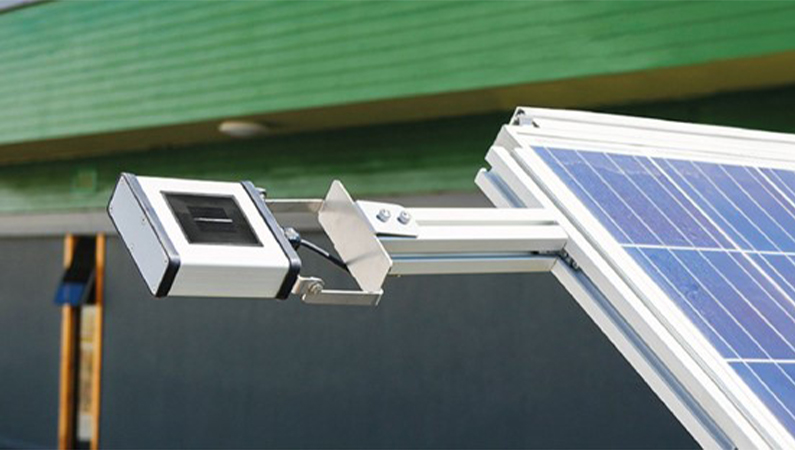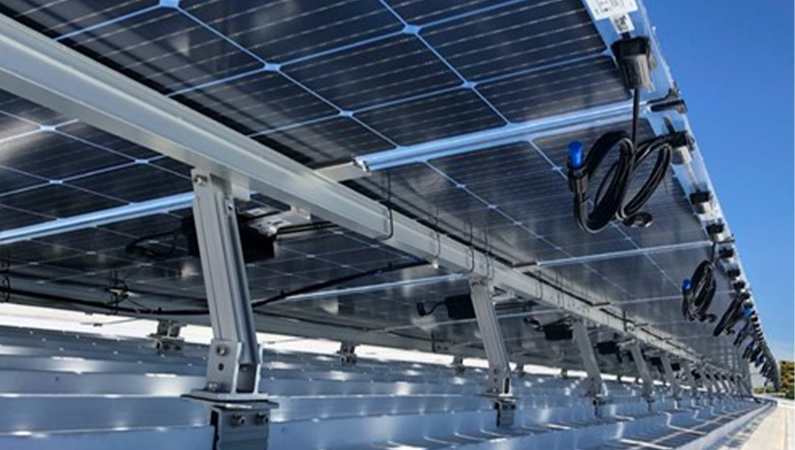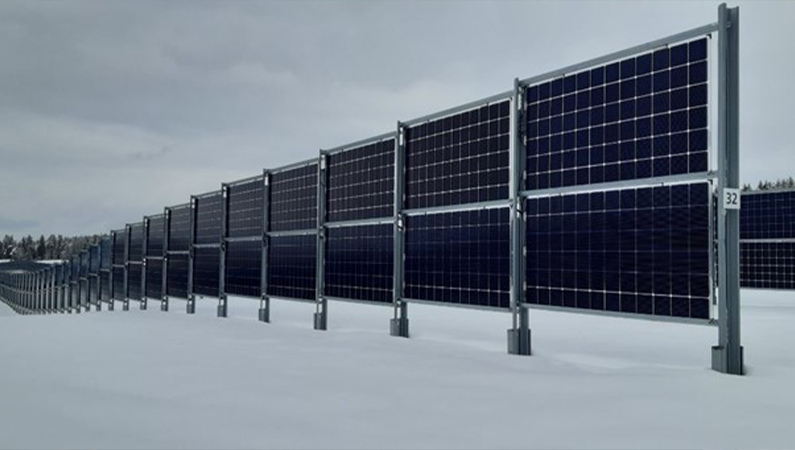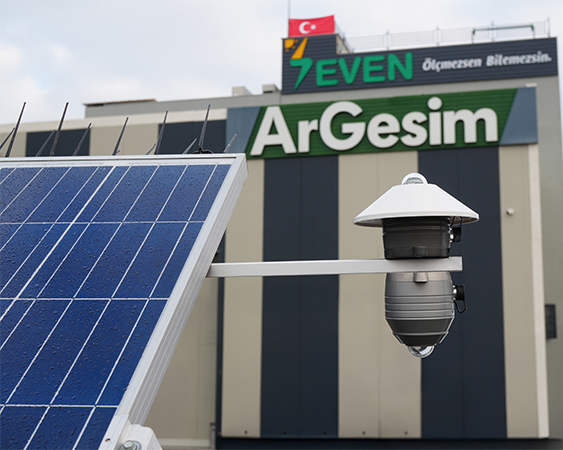Your cart is currently empty!
Maximizing Solar Efficiency in Bifacial PV Projects with Albedometers

As the world shifts toward sustainable energy solutions, increasing the Output of PV plants has become a crucial challenge. This is where the bifacial photovoltaic (PV) technology emerges as a game-changer in solar power generation. These innovative solar panels allow the generation of power by absorbing irradiance from both sides: front and rear. However, to truly monitor the power of these advanced systems, precise measurement and analysis of solar radiation are a must. This is where albedometers come into play.
What Are Bifacial Solar Panels?
The cells in Bifacial Solar Panels are similar to those in Monofacial Solar Panels. The only real difference between the two types is how the panel is made. While the Monofacial solar panels have an opaque backsheet, Bifacial solar panels have a reflective back or dual panes of glass holding the solar cells in place, exposing the solar cells to sunlight from both the front and the rear sides. As a result, bifacial solar panels have a higher efficiency, as they are capable of absorbing solar irradiance from both sides. The reflected irradiance plays an important role in increasing the output of the PV Plant.

Although Bifacial Solar Panels generate extra power thanks to the ground-reflected irradiance, is it always worth investing in then instead of Monofacial Panels?
When to Use Bifacial Solar Panels?
Natural ground surfaces typically have low albedo values compared to ice, snow, and water, or artificial surfaces in buildings or in industrial areas. As a result, using bifacial rather than Monofacial panels in a ground-mounted array may not seem always a good idea unless proper albedo measurements are conducted beforehand.
On the other hand, researches have shown that Bifacial solar modules are highly beneficial in snowy environments. While solar panels operate better in colder temperatures, the snow loss challenge may affect the decision of installing PV Plants in snowy regions. However, studies indicate that in severe winter conditions, where the average winter snow loss is around 16%, the bifacial solar panels can generate a gain of 19% in the produced power which compensate the snow-related loss.
All these results wouldn’t be found without effective measurements. The instrument used for these measurements is the Albedometer.

What is an Albedometer?
An Albedometer is an advanced sensor designed to measure direct and the reflected irradiances as well as the Albedo Ratio of a Bifacial PV Plant.
The well-known albedometers in the market consist of two pyranometers combined with special mounting accessories, making the full solution extremely expensive and often beyond the budget of the Commercial & Industrial (C&I) PV Projects. This is why SEVEN engineers decided to develop a PV Albedometer to fulfill the need of the Market technically and economically.

SEVEN PV Albedometer?
The SEVEN PV Albedometer is designed to measure the POA and the reflected Irradiance, along with the Albedo Ratio, in order to accurately calculate the Performance Ratio (PR) of a Bifacial PV Plant. It consists of two reference cells combined in a single box; one on the front and one on the rear side of the box. Both cells are connected to an internal temperature sensor allowing the measurement of the temperature compensated irradiance values. In addition, SEVEN has developed another model of the Albedometer that supports the connection of two external module temperature sensors which are designed according to IEC61724-1 standard. These module temperature sensors are compact enough to be used with Bifacial Solar Panels. The external module temperature sensors are essential for accurately calculating the PR of a Bifacial PV Plant.